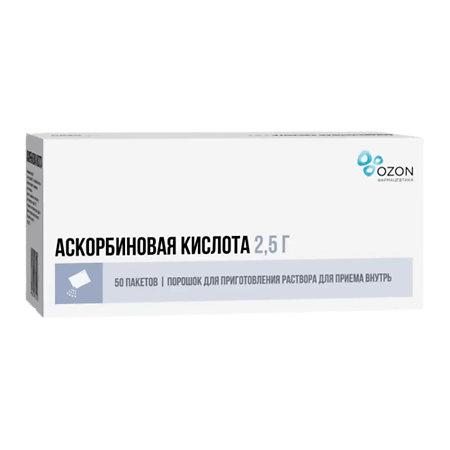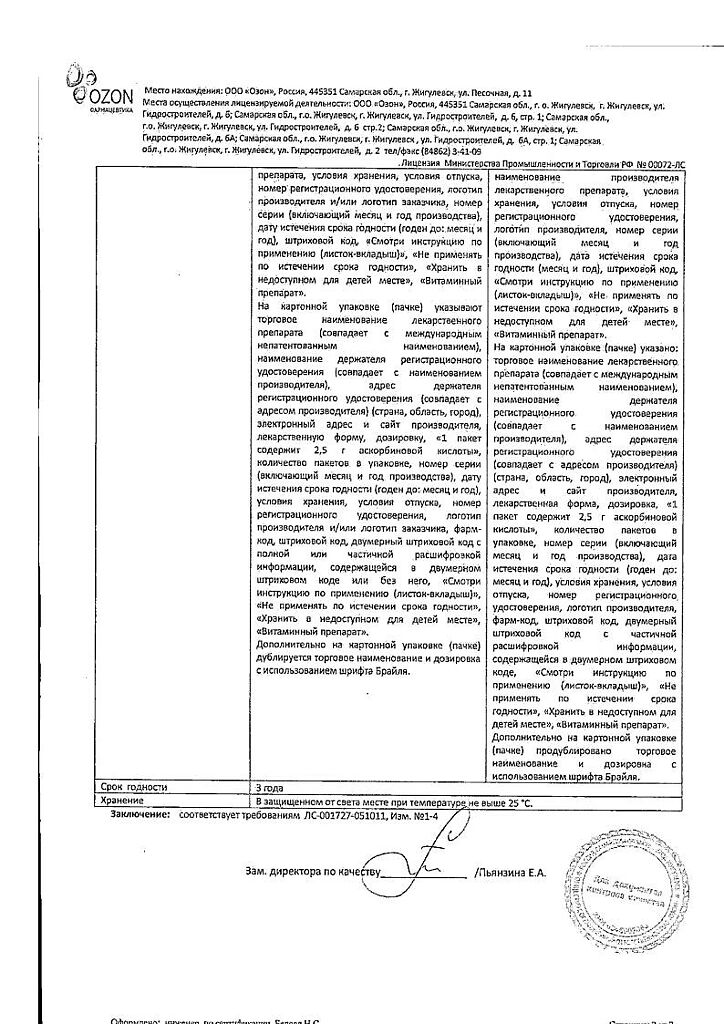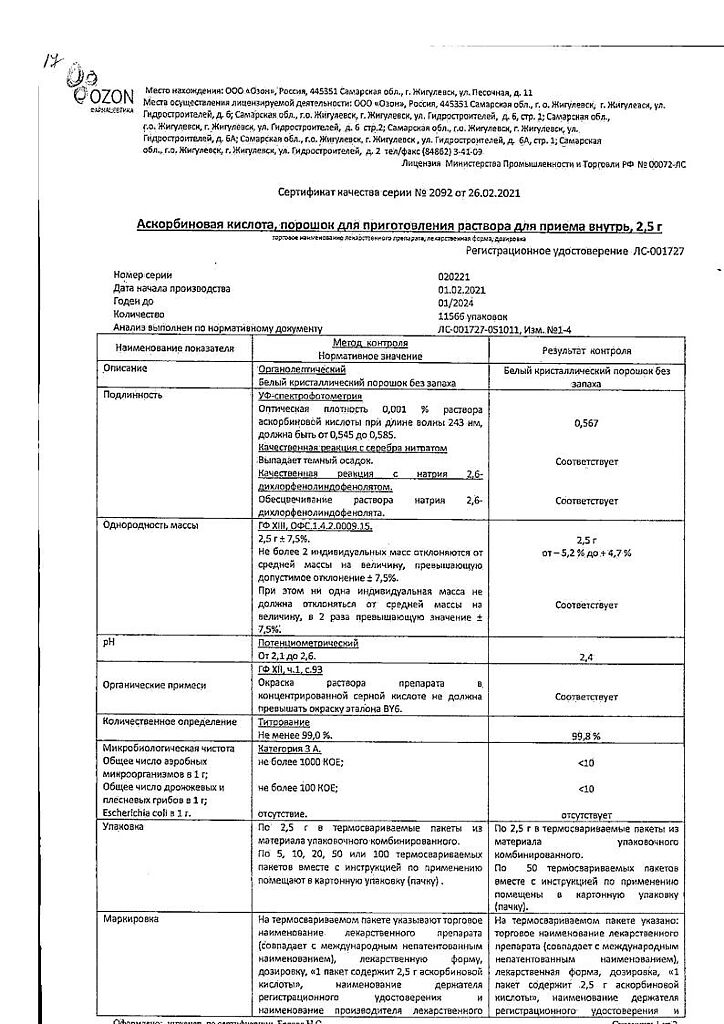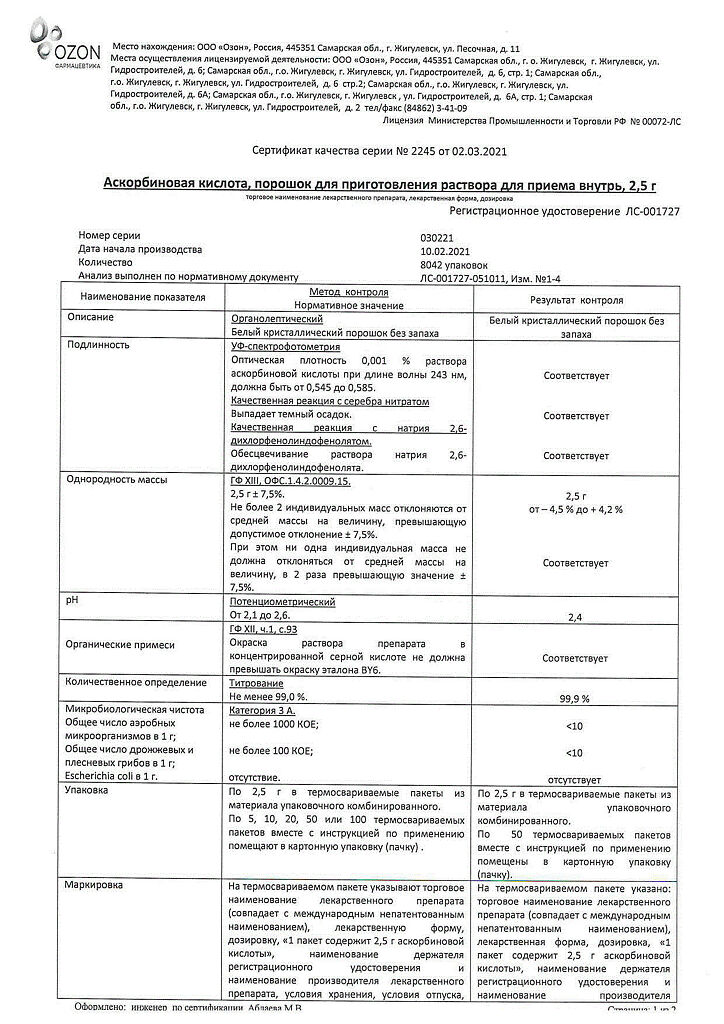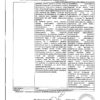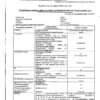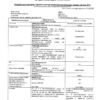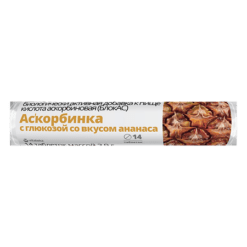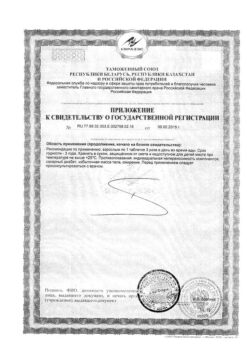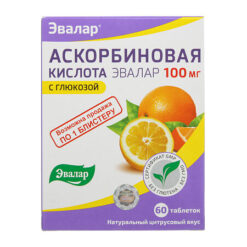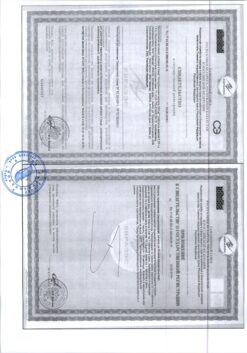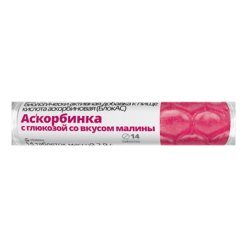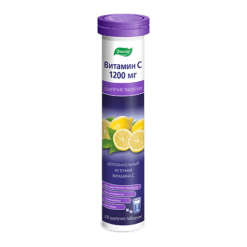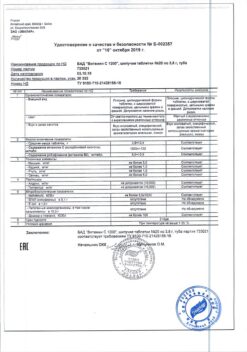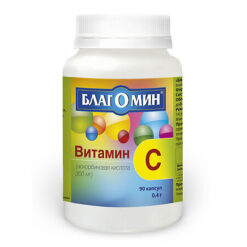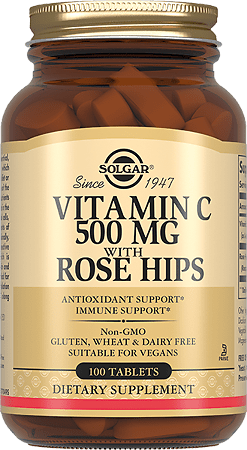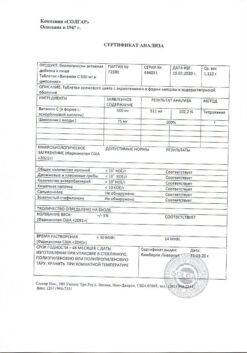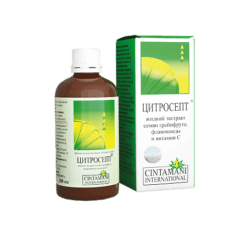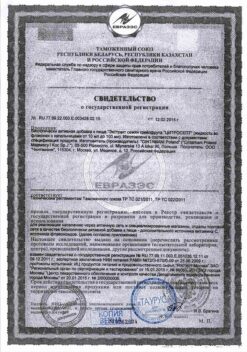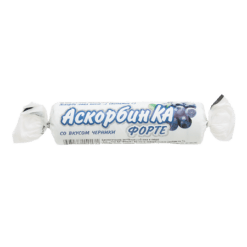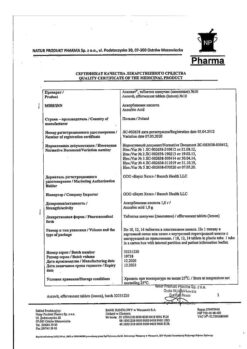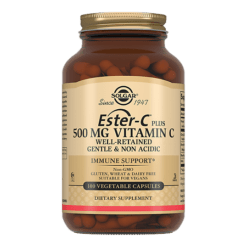No products in the cart.
Ascorbic acid, 2.5 g 50 pcs
€25.16 €20.97
Description
Pharmacotherapeutic group: vitamin.
ATC code: A11GA01
Pharmacological properties
Pharmacodynamics
Ascorbic acid (vitamin C) is not formed in the human body, and comes only with food.
Pharmacological effects: In amounts significantly greater than the daily requirement (90 mg), it has almost no effect, except for the rapid relief of symptoms of hypo- and avitaminosis (scurvy).
Physiological functions: is a cofactor of some reactions of hydroxylation and amidation – transfers electrons to enzymes, providing them with a reducing equivalent. It participates in reactions of hydroxylation of proline and lysine residues of procollagen to form hydroxyproline and hydroxylysine (poststratal modification of collagen), oxidation of lysine side chains in proteins to form hydroxytrimethyllysine (in the synthesis of cartinite), oxidation of folic acid to folic acid, metabolism of drugs in liver microsomes and hydroxylation of dopamine to form noradrenaline. Increases the activity of amidifying enzymes involved in the processing of oxytocin, antidiuretic hormone and cholestycystokinin. Participates in steroidogenesis in the adrenal glands. Reduces trivalent iron ions to divalent iron ions in the intestine, contributing to its absorption. Its main role in tissues is participation in synthesis of collagen, proteoglycans and other organic components of intercellular substance of teeth, bones and endothelium of intercellular capillaries. In low doses (150-250 mg/day orally) it improves complexing function of deferoxamine in chronic intoxication with iron preparations that causes increase of iron excretion.
Pharmacokinetics
Absorbed in gastro-intestinal tract (mainly in jejunum). With increasing dose up to 200 mg it is absorbed up to 140 mg (70%); with further increasing dose absorption decreases (50-20%). The binding to plasma proteins is 25%. Diseases of the gastrointestinal tract (gastric and 12 duodenal ulcers, constipation or diarrhea, worm infestation, giardiasis), the use of fresh fruit and vegetable juices, alkaline drinking reduce absorption of ascorbic acid in the intestine. The normal plasma concentration of ascorbic acid is approximately 10-20 mcg/ml, and the body stores about 1.5 g when taking the daily recommended doses and 2.5 g when taking 200 mg/day. Time to reach maximum concentration (TCmax) after oral administration – 4 h.
It easily penetrates into leukocytes, platelets, and then into all tissues; the highest concentration is reached in glandular organs, leukocytes, liver and eye lens; penetrates through the placenta. The concentration of ascorbic acid in leukocytes and platelets is higher than in erythrocytes and plasma. In deficient states the concentration in leukocytes decreases later and more slowly and is considered a better criterion for assessing deficiency than the concentration in plasma.
Metabolized mainly in the liver to deoxyascorbic acid and then to oxalic acid and ascorbate-2-sulfate.
It is excreted unchanged by kidneys, intestines and with sweat, breast milk as well as metabolites.
The excretion rate increases dramatically when administering high doses. Smoking and use of ethanol accelerate the destruction of ascorbic acid (conversion to inactive metabolites), sharply reducing the reserves in the body.
Excreted by hemodialysis.
Form of release
Form of release
Powder for solution for oral administration
Additional information
| Shelf life | 3 years. |
|---|---|
| Conditions of storage | In a dry, light-protected place at a temperature not exceeding 25 °C. Keep out of reach of children. |
| Manufacturer | Ozon, Russia |
| Medication form | powder |
| Brand | Ozon |
Other forms…
Related products
Buy Ascorbic acid, 2.5 g 50 pcs with delivery to USA, UK, Europe and over 120 other countries.

